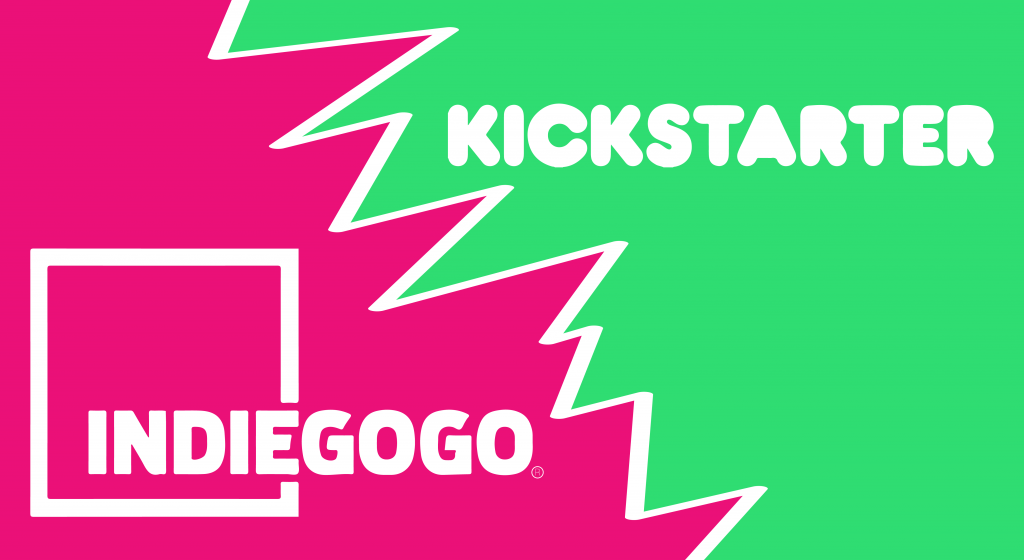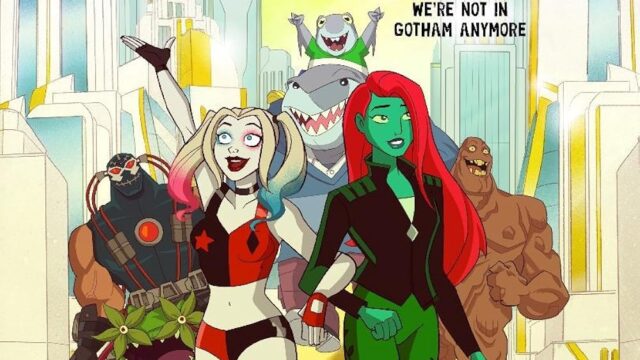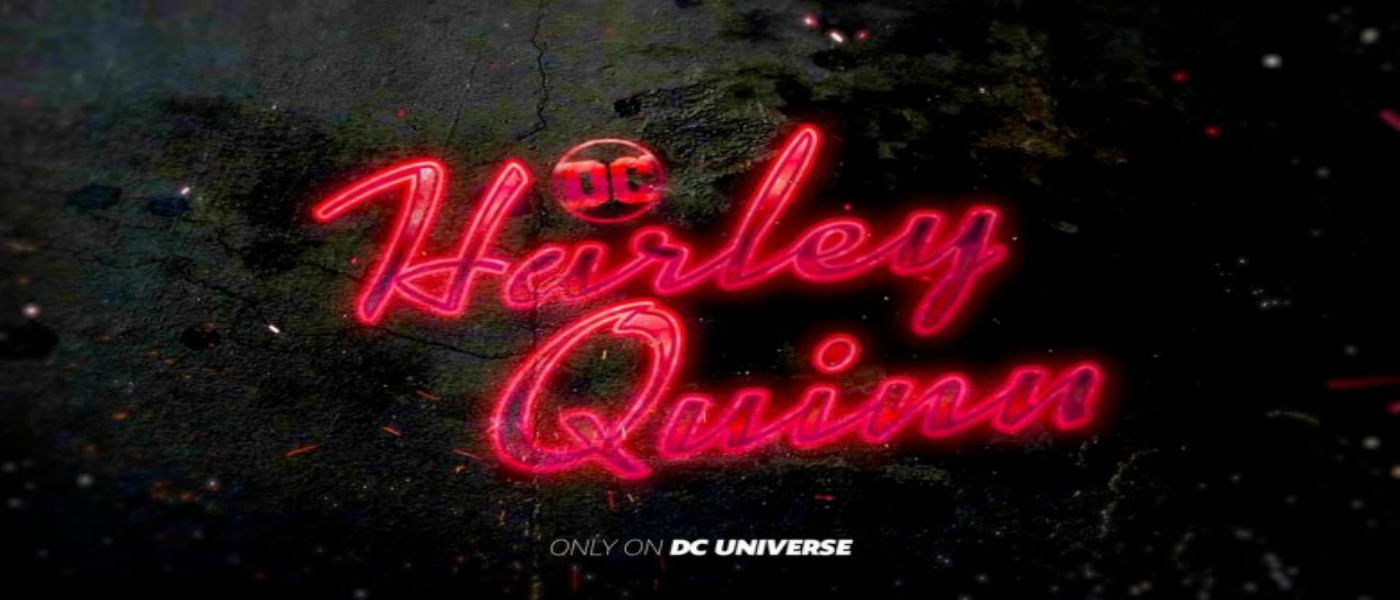[Interview] ‘We Met In Virtual Reality’s’ Joe Hunting On Finding The Heart And Soul Of VR And How It’s The New Ultimate Storytelling Tool

It’s never been a more exciting time for immersive forms of technology that increasingly blur the lines between fantasy and reality. A growing obsession and control over virtual reality has resulted in unprecedented exploration of virtual worlds, but it’s also allowed this Wild West of a medium to become an exciting new form of storytelling. Joe Hunting’s We Met in Virtual Reality is a documentary that’s filmed and edited entirely within the artifice of VRChat as he communicates with avatars of the film’s fascinating subjects. We Met in Virtual Reality highlights how VR is far more than just a fantastical form of escape and that it’s a tool to bridge gaps and open minds in ways that would otherwise be impossible.
Writer/director/editor, Joe Hunting, graciously took some time to open up on the unique perils and advantages of making a film entirely within VR, how to properly emphasize the humanity and benefits of this technology, the growth of “digital actors,” and what might lie ahead for virtual reality as a modern storytelling tool.
Daniel Kurland: The evolution of virtual reality is such a rich topic, but to begin with, what’s your personal experience with it and when did you first have a revelatory moment with this technology?
Joe Hunting: I came into VRChat myself in 2018, but I’d say my revelatory moment was being in that headset and really engaging in the space with full body tracking. Having a tracker on my hip and both my feet—I got full body tracking towards the end of 2019. Being able to stand with my colleagues and subjects in VR communities and look down and see my movements, but also hold the camera and see them standing there with the same body language was the fundamental moment that made me so immersed to the point where I felt like I was in real life. That also came at a time where I had already been in VR for a while and then got full body tracking, and I think already having some level of awareness beforehand is super helpful. Full body tracking was really a big moment for my career.
DK: For so long virtual reality has just been viewed as an extension of video games or a component of massive multiplayer online RPGs. In more recent years it’s been able to escape from that barrier and exist as its own entity. Do you think that’s been helpful in terms of making this technology more accessible?
JH: Yeah, I definitely think so. VR has definitely grown in its uses over the years that it’s been developed. We’re at a point now where social VR—VRChat specifically—is a platform that is really taking off and pioneering new ways to use this technology. VRChat is a user-led platform, so all of the avatars, communities, and events are run by the users and because of that there are so many new cases of what can be done with this technology. I hope that We Met In Virtual Reality really represents that and raises a conversation about different ways in which we can use VR technology.
DK: You’ve had a long-standing relationship with virtual reality, but at what point did you know that there was a documentary in this idea that you wanted to bring forward?
JH: Well there are many themes and messages that have inspired me to make documentaries, but in We Met In Virtual Reality specifically and the approach to making a feature film as opposed to a short film, the inspiration for that really grew out of the pandemic, being in this lockdown, and having this massive shared context of struggle. So many people were making use of online and social media to overcome loneliness. VR, for me in that time, became a second home. There seemed to be no better time to make a feature-length documentary about that experience and what the value is of social VR and VRChat. It was really the lockdown that inspired me to take all of this further and investigate deeper into this world.
DK: It’s so interesting how everyone escaping into these virtual worlds almost felt like a more grounded version of Ready Player One and that type of technological escape from dystopia. We have more and more reference points for this type of change.
JH: That was the recipe that makes the documentary successful, in that we can all relate to this, even if it’s contained to VRChat, virtual reality, and this whole new world. That really is just a vessel for stories that we can all relate to. Stories about mental health, expression, grief. Those are all things that we can connect with and this is just a vessel for those stories, but also in a time that’s extremely important for VR’s history.
DK: VR has been around a long time before the COVID-19 pandemic, but your film specifically narrows in on this tumultuous time period and its relationship with virtual reality. Talk a little bit about how this unprecedented change played a major factor in the popularity of virtual worlds and if this ongoing return to normalcy has led to the pendulum swinging back a little?
JH: I think in my social circles and communities that we’re all very social in VR. It’s a harder question for me to answer from a personal perspective because I’ve had such a busy year that’s kept me out of VR a lot. I’ve been meeting the cast and celebrating the film in the physical world, which has also been wonderful. I can say that during the pandemic there were so many communities and relationships that were formed in VR. Now these groups have become such integral parts of people’s lives and because of that I don’t think that they’re ever going to go away. They’re going to stay. VR—and I’m an example of this—is a full-time job. I think the key conversation in that is balance and wanting to regain a healthy balance. This speaks to everyone during the pandemic, but nobody had a healthy balance when it came to things like social media and VR. Now I see a lot more people finding balance in VR rather than leaving it behind.
DK: One of the most interesting aspects of your documentary is that it exists entirely within this virtual space. Can you talk a little on the specific challenges of creating and editing a project in VR and if you found it to be more challenging than a standard movie, or if it was actually easier or more freeing in certain ways?
JH: It was a very intentional decision right from the beginning of the production to never use any “real-life” material. I always wanted to remain in VR and retain that visual language as well as the sounds of that world. There are many challenges with that, but I think the benefits certainly outweigh the challenges. The biggest hurdle to jump was with the sound production. In VR, my head is the microphone and so I always had to maintain eye contact with my subjects in order to capture their sound in both ears. If I turned my head in either way then I would start losing their audio and it would go into one ear at a time because it’s spacialized. So that was a tricky technicality to overcome in the space.
In terms of directing and more of ethical decisions, I approached this documentary how I would a real-life documentary. I gained trust and being very transparent with the people that I was filming about what the film was and what I was trying to represent and tell. That was all extremely important to me, especially on a level of anonymity. I always talked to the cast about just how much they wanted to reveal and how in-depth they’d get with their stories so that they don’t feel like they’re being exploited in any way, but can also properly be seen. That is a conversation that I think a lot of filmmakers miss when working with online communities and online worlds. It was really important to me to respect that aspect and I think it’s easy to get overlooked when you’re doing this type of unique filmmaking.
DK: You mentioned having issues with the audio sometimes. Would you ever have to re-record scenes or recreate some of those moments?
JH: We did do retakes, definitely. They were never retakes to push an agenda, but were always to emphasize the authentic moment. There’d be moments where I could hear someone’s dog in the background and things like that. The issues that came up in audio and doing retakes was because I was recording through everyone else’s microphones through the VRChat platform. That caused issues, but it was also a conscious decision as a way to help bring their truths into the film and properly hear their voices. So it brought up issues, but I’m so glad that I decided to do that.
We also retook visual moments to emphasize scenes. One great example is in the virtual wedding between IsYourBoi and DragonHeart. IsYourBoi did her wedding aisle walk a good four times to really capture that moment and celebrate their wedding. She loved doing it. It was really fun having a mix of observational moments that I could only capture once and never would have predicted, but also scenes that were much more directed in collaboration with the subjects of the film.
DK: There’s been an evolving sense of what an animated film can be during the past few years, especially when it comes to documentaries. Your film, as well as other virtual-based documentaries like A Glitch in the Matrix, or even the animated doc, Flee, have helped redefine how documentaries are told. Is this an exciting development when considering what lies ahead and where these types of VR documentaries can go?
JH: Yeah, I really want it to and I’m going to be advocating for exactly that. I think that using animation, like in A Glitch in the Matrix and in Flee, is really exciting and helping to push the form. Regarding how virtual reality fits into that, filming a documentary within a VR universe or metaverse has the potential to become its own sub-genre of filmmaking within documentary, but also within fiction. It’s an extremely unique vessel to tell a story. It doesn’t have to be about the technology and it’s just an exciting space to explore storytelling. It allows people to tell stories in unique worlds and the real-time aspect of the capturing technology is why it has that potential to become its own genre.
DK: There are these staggering moments in your film where you fully forget that you’re watching VR until someone calls out one of the limitations of this artifice and you’re reminded of it all. Was this level of immersion, and then breaking that reality, part of your aim with this project?
JH: I’m really glad that sensibility came through. I really wanted audiences to forget that they were watching a film in VR and to step in and out of it all. One of the key motivations in capturing and creating that feeling was to create a really distinct camera presence. Allowing myself to make mistakes with the camera, to pull focus at the wrong times, and to really feel me as someone who’s holding the camera and being a cinematographer in that space. Those are the moments that really help you forget that you’re watching a film in VR because it feels—in terms of camera and sound—that it’s something out of reality. So I’m so happy that feeling came through. Embracing imperfection was also vital in authentically telling these stories within this space.
DK: With there being a greater embrace of VR communication, could you ever see a Catfish style TV show growing out of the realm and how individuals have such freedom to hide behind avatars? Do you think there’s a place on television for this type of VR documentary filmmaking?
JH: I would love to see a reality show that’s filmed in VR or a balance between VR and real life. There are so many unique cases for that, which would just be so fun and engaging. There’s so much potential there that television hasn’t really taken advantage of yet. Outside of media are also dating apps. The film follows relationships and what if we see dating apps that use VR as a way for people to meet online? That could lead to some catfishing. You can’t really avoid those on the Internet, but I think it could also create some really stunning relationships that are unique. “We Met in Virtual Reality” might be a very common phrase in the future. I’m excited about that.
DK: A lot of your documentary looks at how VR can facilitate romances and friendly relationships, but you also explore how these virtual worlds can educate others and erase boundaries, like through sign language school or dance classes. Why is this crucial for the technology and where do you see it heading?
JH: That’s a message that’s been really important to me, ever since my short-form documentaries. I want to represent how this space can be used for good, whether that’s education, representation towards marginalized communities—speaking personally, I had never met someone who was deaf or from the deaf and hard of hearing community, and getting to interact with that has been so inspiring to me and given me a whole new set of skills to explore. I really want the film to enlighten people and open minds on how we can use this technology to do good and build towards a more positive future.
DK: There was definitely a time in the past where this type of VR subject matter would have been presented as an oddity or spectacle, but you bring out the humanity behind these avatars.
JH: Absolutely. The reaction of being completely shocked by online avatars and this sort of thing is completely valid. New technology will always provoke people to be stressed and shocked. I hope that the film brings those voices down and lets them see the pure, authentic existence of being in this space. It’s an important conversation to have though because that’s the future of the technology.
DK: This is a bit of a digression, but I remember back when the Final Fantasy CG movie was released there was such an emphasis on creating a “virtual actress” who would go on to appear in other CG movies. There have been video games that have also briefly considered this approach. These ideas haven’t come to pass, but with where the technology is now at and the presence of Virtual YouTubers do you think that this idea is now possible or that “digital actors” could emerge?
JH: Oh definitely. I think a lot of young people and more underground media consumers are much more willing to suspend their disbelief for someone who is vtubing—a virtual YouTuber. You often have no idea how that person looks or what their day-to-day consists of beyond their online virtual persona. However, it is that virtual persona that’s entertaining, fun, and engaging. For many audiences it’s difficult to suspend disbelief and VR has been able to really assist with that way of consuming media. Seeing people as a dog or a hot dog or a robot has helped me open my mind and just connect with that individual’s personality. That might be truly genuine or absolutely fantastical, which can be scary at times and surprising, but you can also get so much joy out of that experience. Virtual actors and vtubing is in a very similar vein of media consumption.
DK: With this documentary now under your belt do you see yourself going even further in this direction for your next project or completely changing course? What do you see yourself exploring next?
JH: I can definitely say that I’m going to stay in VR for my next project. I’m really enjoying working in this space and the people that I previously worked with. I want my next project to be filmed entirely in VRChat, just like we did with We Met In Virtual Reality, but I’m looking at venturing down a slightly new path outside of documentary that I haven’t done myself, as a filmmaker. So I’m pushing myself to a new place, but looking to explore what making films in VR is like and collaborating with like-minded people. I’m certainly trying to pioneer this space and advocate for it to continue to grow.
‘We Met In Virtual Reality’ is now available to stream on HBO MAX




